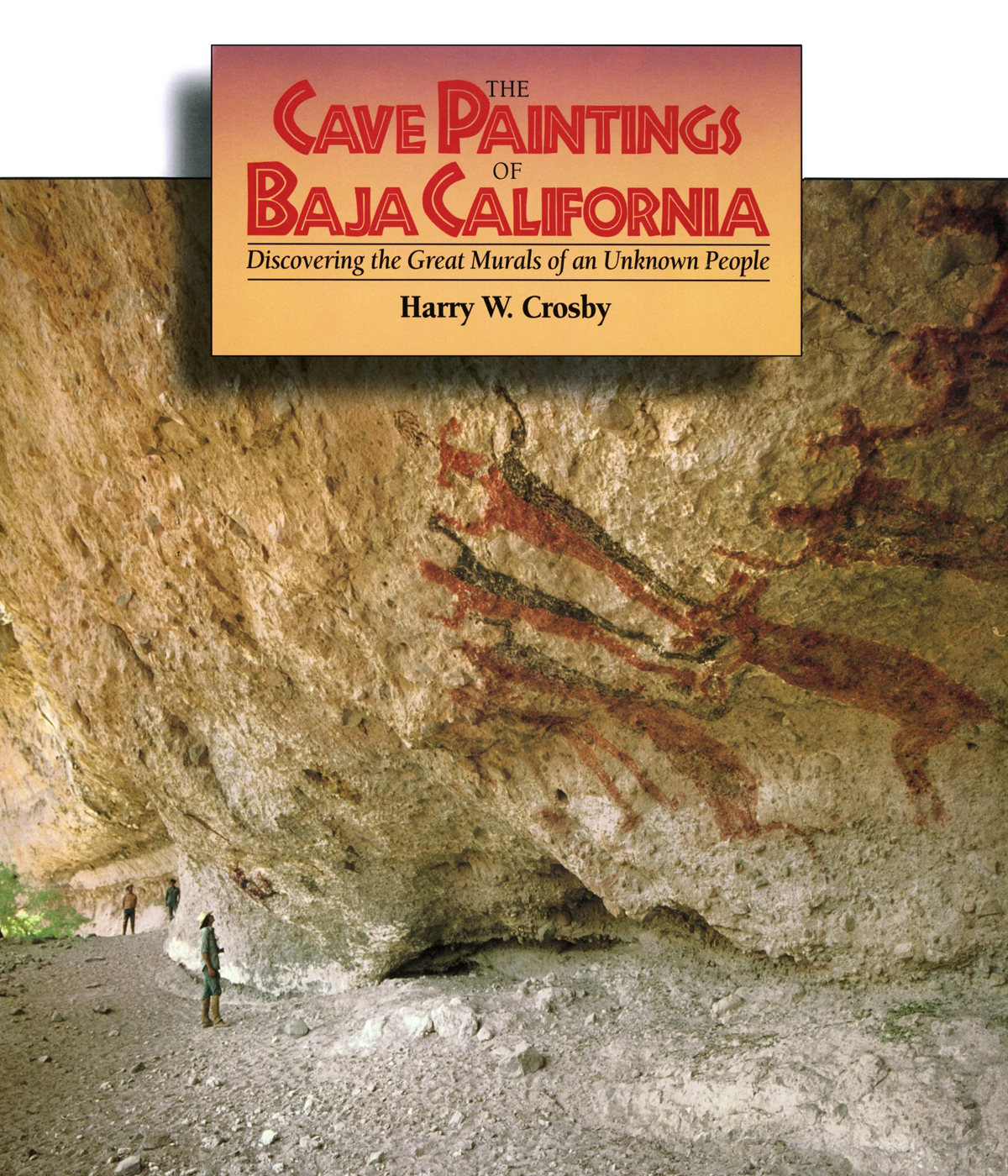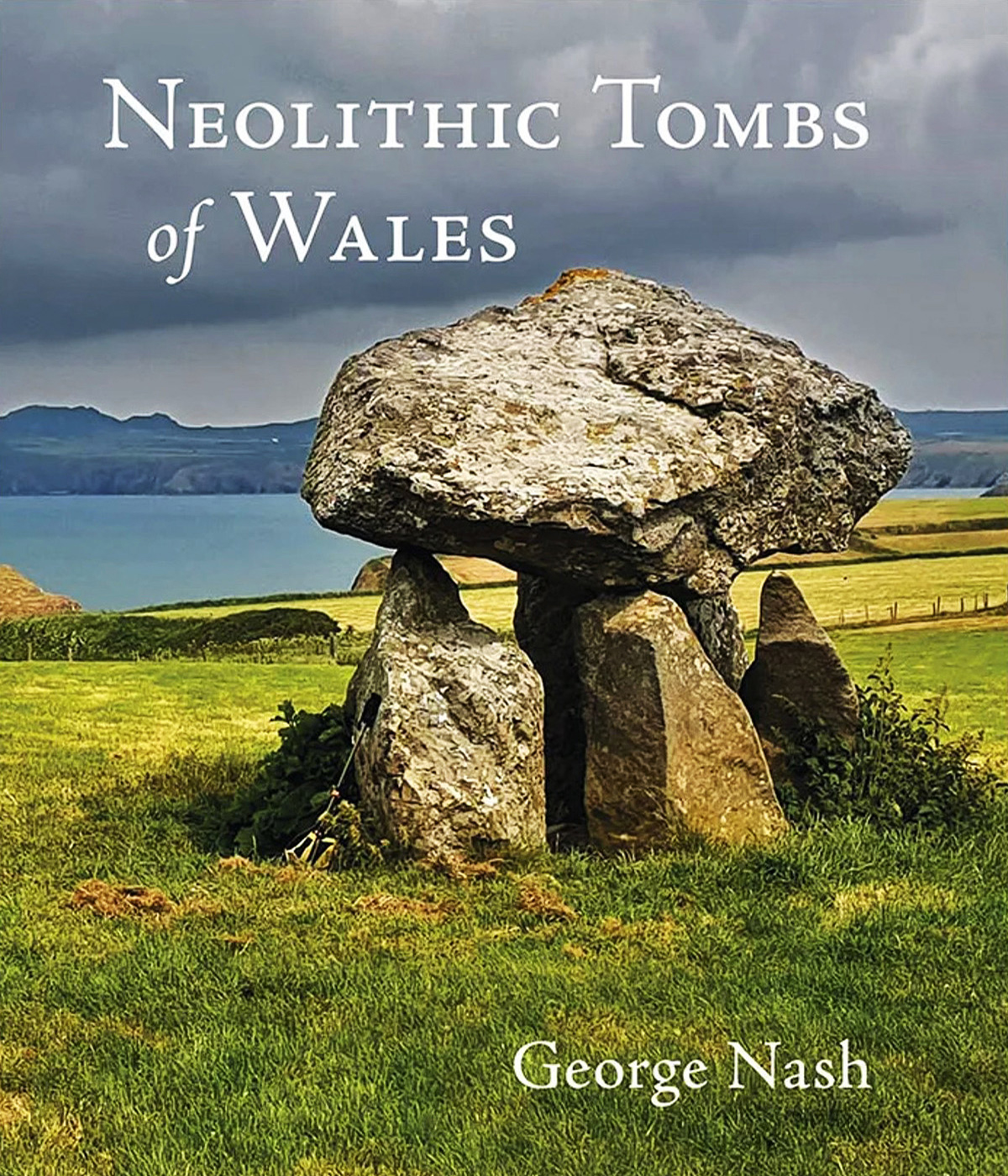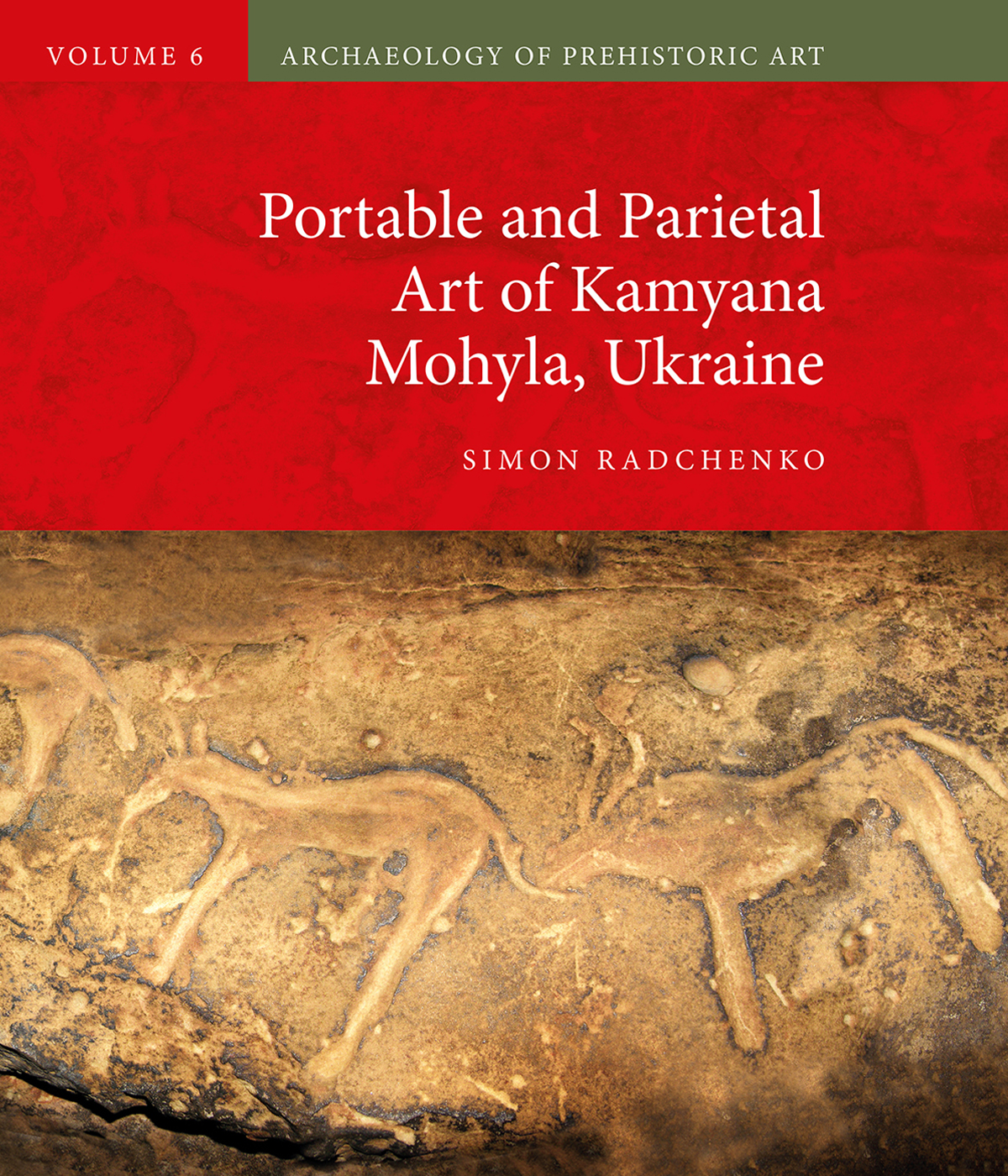


by Harry W. Crosby
- Baja explorer records cave artists' work
- Sunbelt Publications, Inc. San Diego, California
Surprise, Harry Crosby remembers, was an inadequate word for his first sight, on a spring morning in 1971, of the great cave paintings of Baja California. At the urging of a trusted guide, he had added a half-day search for rock paintings to a two-wee exploration in the mountains in the center of the I,OOO-mile peninsula. After all, he thought to himself: I'll never come this way again.
And then, after a rocky climb up a 200-foot cliff, after a half-day mule trek through thick brush and over piles of tumbled rock, he reached the San Gregorio Cave. "Over the slitlike opening of a long, shallow cave was a vast panel of fairly smooth rock," Crosby writes in his newly reissued book, "The Cave Paintings of Baja California." (Sunbelt Publications, $39.95)
"On it was painted a tumultuous procession of human and animal figures of perhaps double life size. All these beasts seem to form a herd of movement right to left; huge red and black deer and an equally immense mountain sheep dominated the surge."
"The successive figures were partially superimposed, creating a powerful sense of crowding,urgency and motion - each animal in mad flight, treading on the heels of those ahead and straining to free itself from the crush behind."
"Scattered among the creatures of this bustling frieze were a variety of strangely static humans."
"Whereas the hurrying animals moved in profile across the stony canvas, the men faced us, ftozen into identical erect postures with their arms upraised."
Even now, a quarter-century after his first major viewing, Crosby is excited by that long-ago discovery.
"I was astonished and overwhelmed," he said recently. "Nothing I had encountered before (in explorations in Baja California) so put me in the presence of a supposedly unknowable people. The artists' work was an unforgettable message blazed across the ages."
Over the next decade, in another dozen trips into the interior of Baja California, Crosby discovered and mapped what he believes is representative of a complete record of the cave paintings.
"There are hundreds of them, some small but mostly huge, usually in the same style," Crosby says. "And we have no real record of who the artists, the painters, were."
The caves are unlike the popular concept of deep, dank wet holes in the ground with dark recesses. The Baja California caves, Crosby explains, could be called overhangs or rock shelters, and are created usually on cliff sides when softer material is worn by wind or water and falls away, leaving a sheet of clean, hard stone as a canvas for the muralists.
The local word for the caves is respaldo, a rock overhang. Who the painters were, when they created their works, and why remains a mystery. "They painted as few on this globe have done," Crosby says in his chapter on practices and puzzles of the painters, "decorating hundreds of locations with thousands of images, great and small. They left no other obvious clues to distinguish themselves." These mysterious people didn't practice agriculture. They made no pottery. They had no permanent buildings. They didn't even have the dog as a companion.
When were the murals painted? Crosby's believes they range from between 500 and 700 years old to 2,000 to 3,000 years of age. "Movement was the key to life for people inhabiting the central desert of Baja California at any time."
Harry W. Crosby:
Harry Crosby's explorations, studies, and writings establish him as one of the foremost authorities on Baja California's colorful past, notably with his newly reissued book, 'The Cave Paintings of Baja California'. In the late 1960s he rode over 600 miles on muleback, to the remotest areas of Baja California, to obtain photographs for a book celebrating the 200th anniversary of the foundaing of Spanish Alta California. Since completing that first work, he has logged over a thousand miles in the saddle over harsh and barren terrain to interview the Baja Peninsula's isolated ranchers and discover its amazing prehistoric art and cave paintings.
His other books include, The King's Highway in Baja California, the story of El Camino Real; Last of the Californios, his studies of Hispanic settlers and their descendants; and Antigua California, the now standard history of Spanish California's first 70 years. An addtional history of Spanish California is in progress. Harry Crosby lives in La Jolla, California with his wife.
→ Bradshaw Foundation - Book Review
→ The Rock Art of Baja California
→ American Rock Art Archive
by Kate Winter
13 November 2025 Book Review Archive
→ Neolithic Tombs of Wales
by George Nash
19 November 2024
by Simon Radchenko
22 May 2024
by Meenakshi Dubey-Pathak and Jean Clottes
10 November 2023
by Paola Demattè
12 January 2023
by Paul Pettitt
10 November 2022
by George Nash
19 November 2024
by Simon Radchenko
22 May 2024
by Meenakshi Dubey-Pathak and Jean Clottes
10 November 2023
by Paola Demattè
12 January 2023
by Paul Pettitt
10 November 2022
Friend of the Foundation
by George Nash
19 November 2024
by Simon Radchenko
22 May 2024
by Meenakshi Dubey-Pathak and Jean Clottes
10 November 2023
by Paola Demattè
12 January 2023
by Paul Pettitt
10 November 2022














